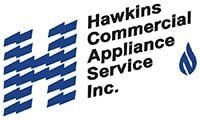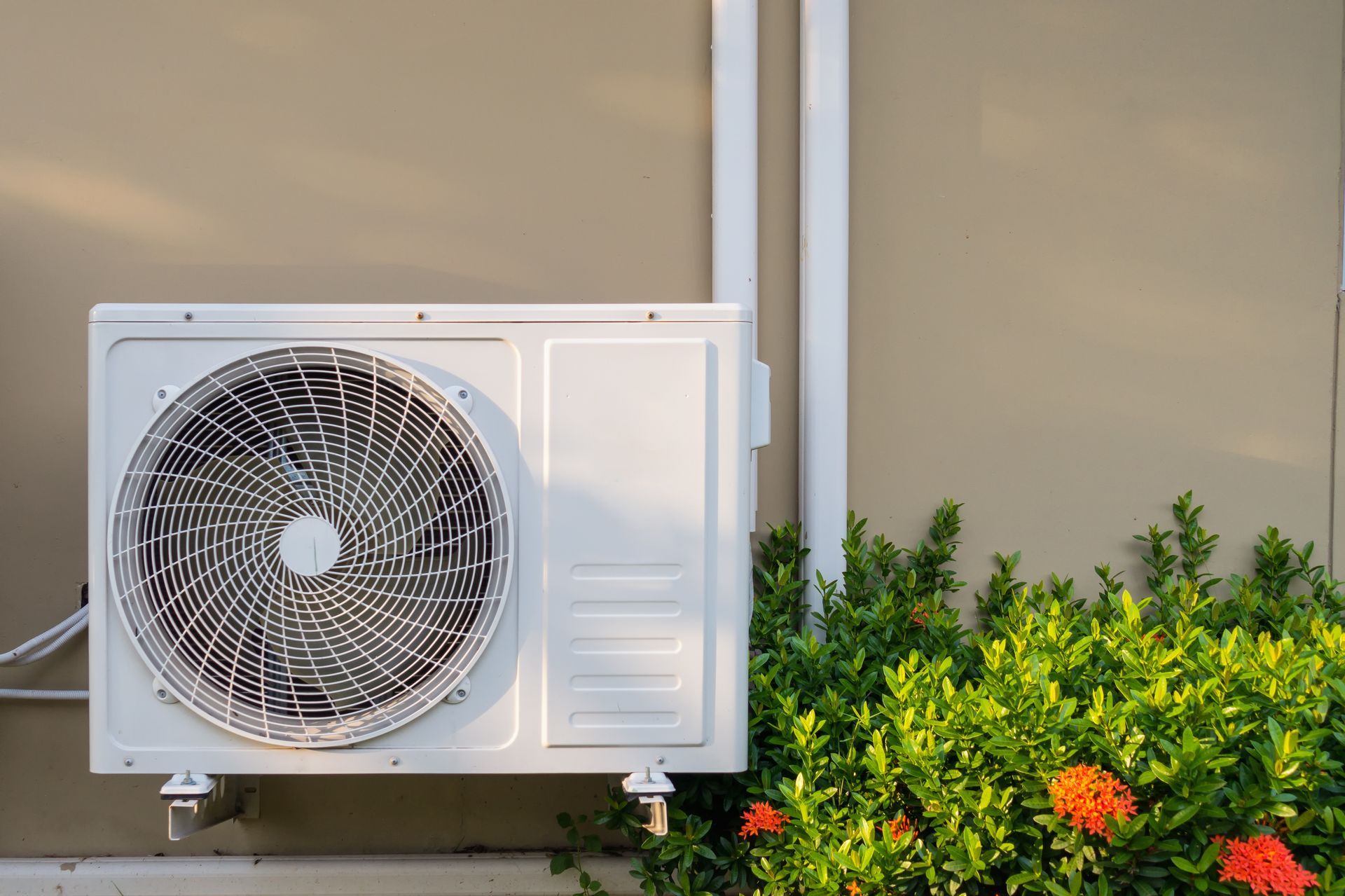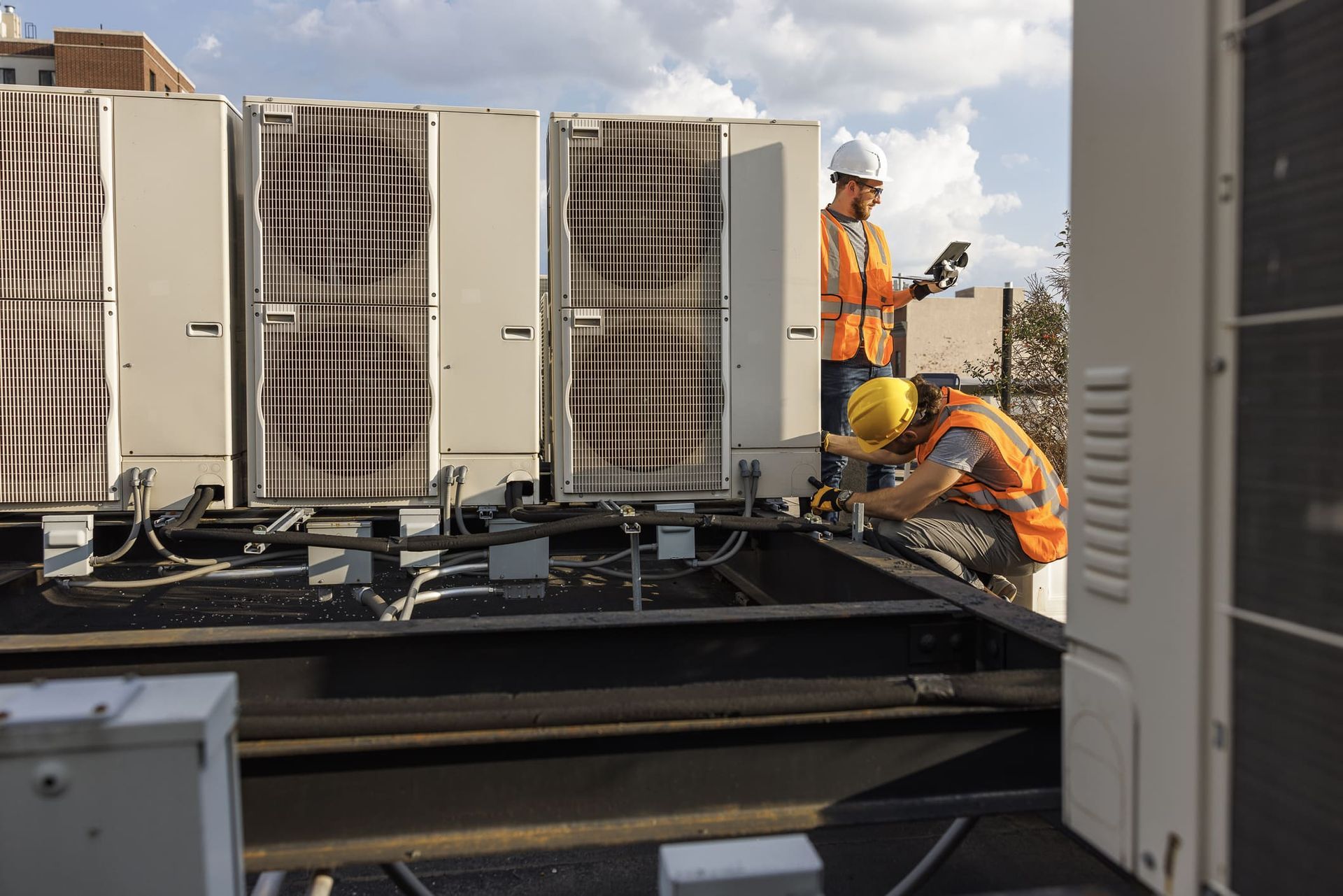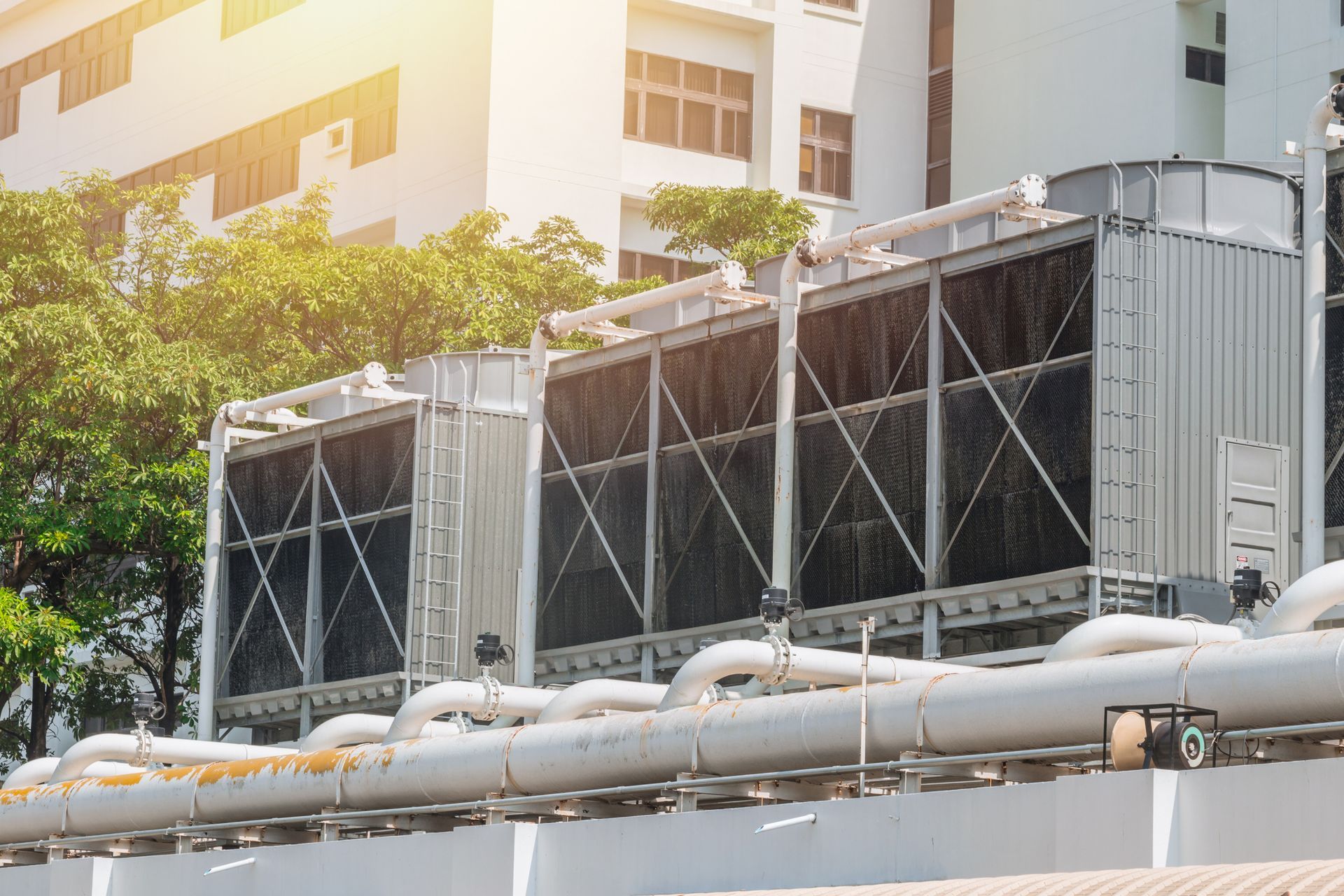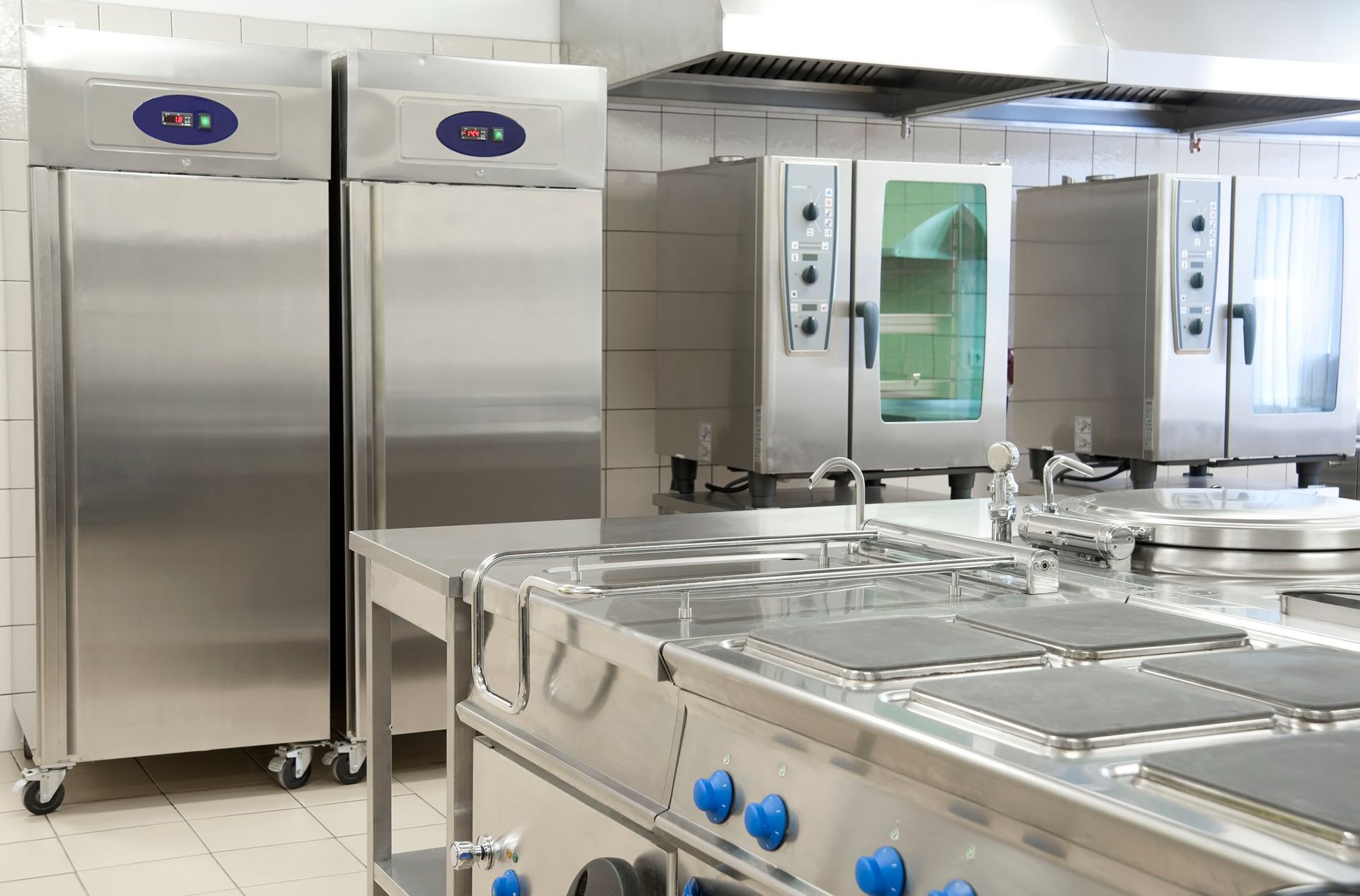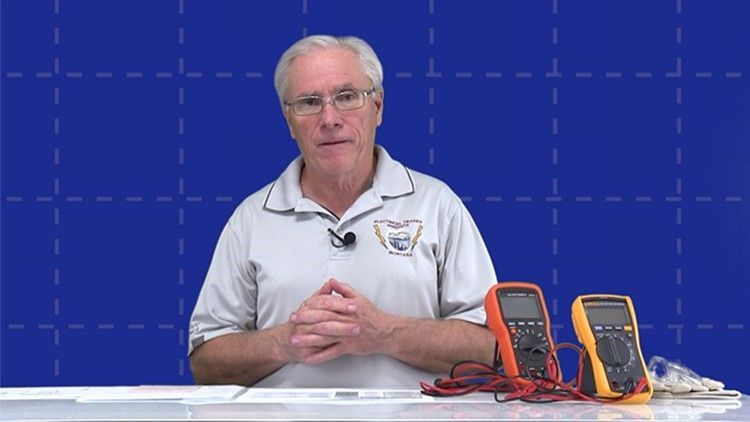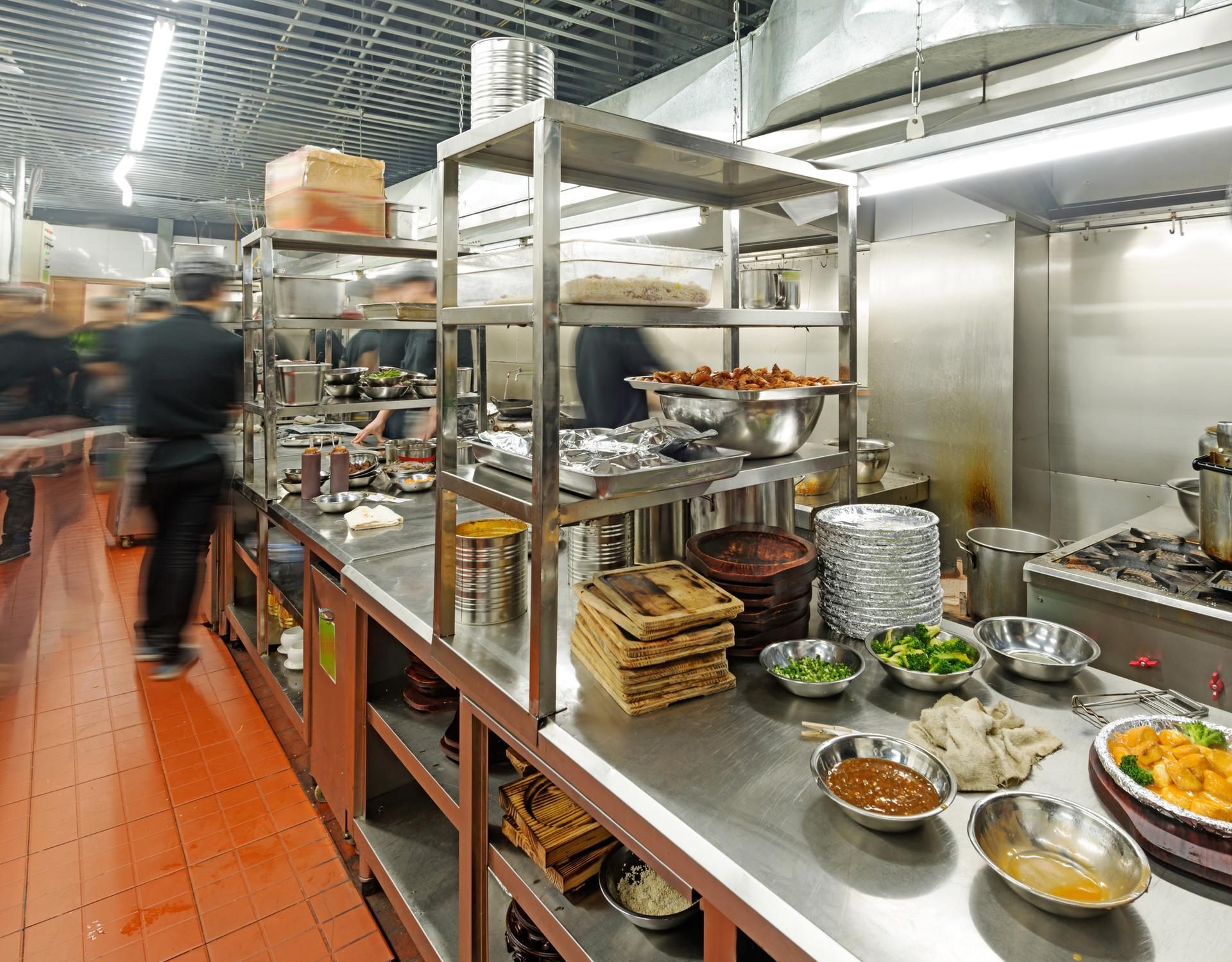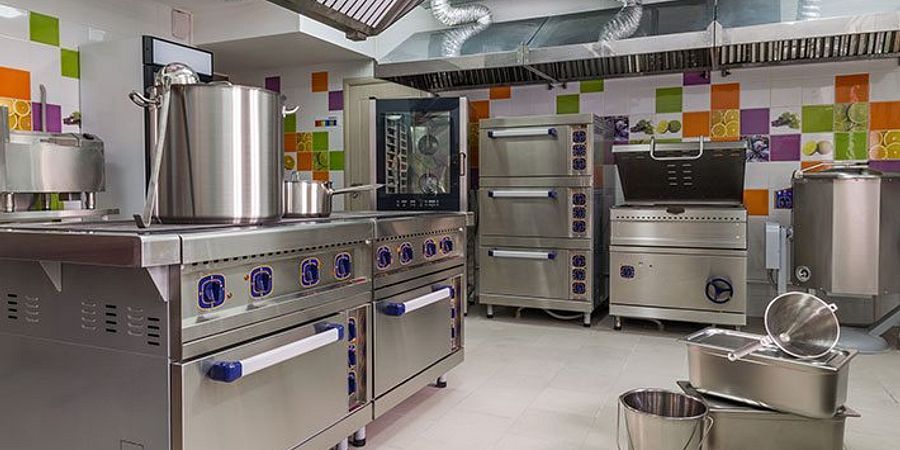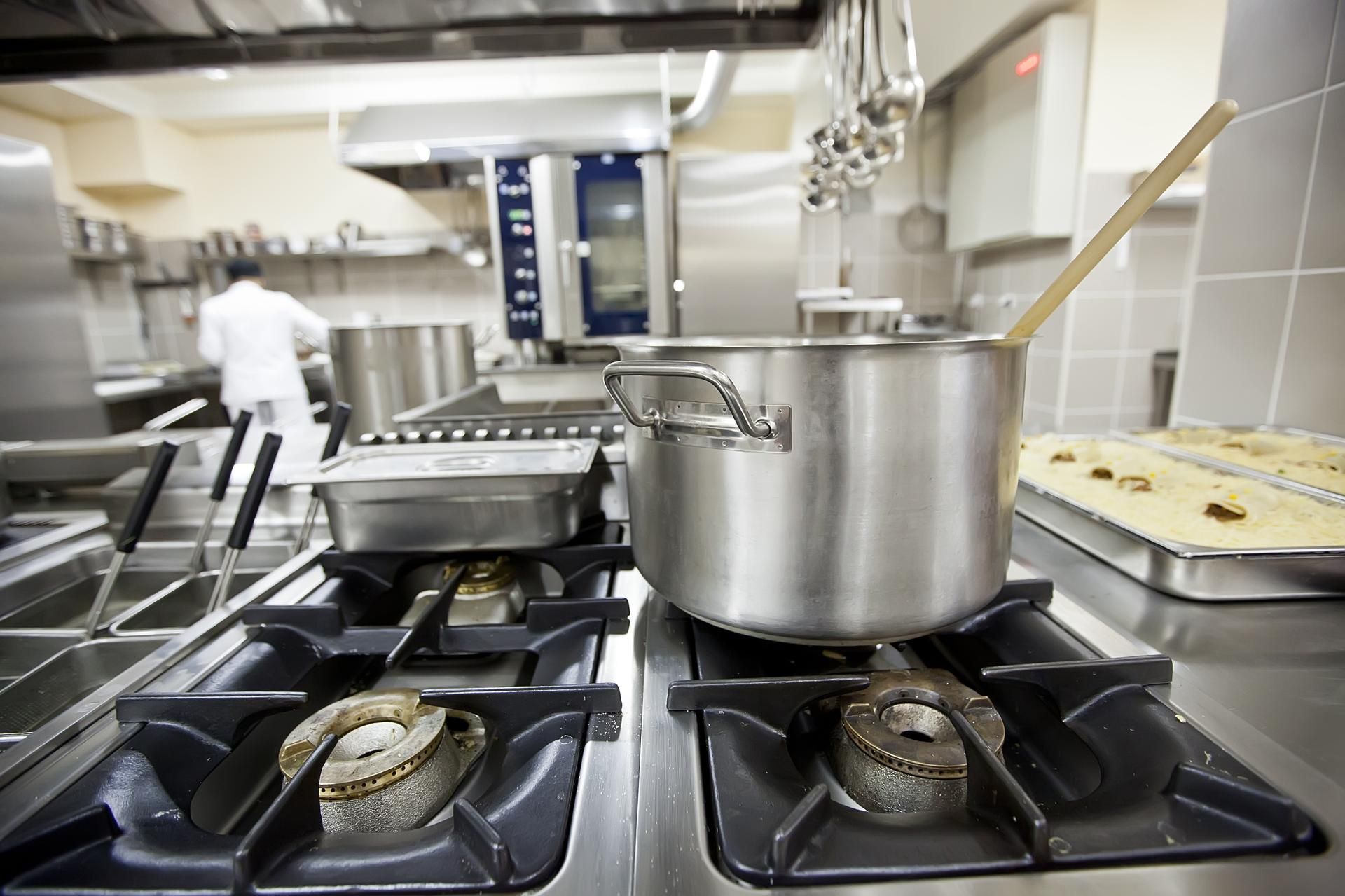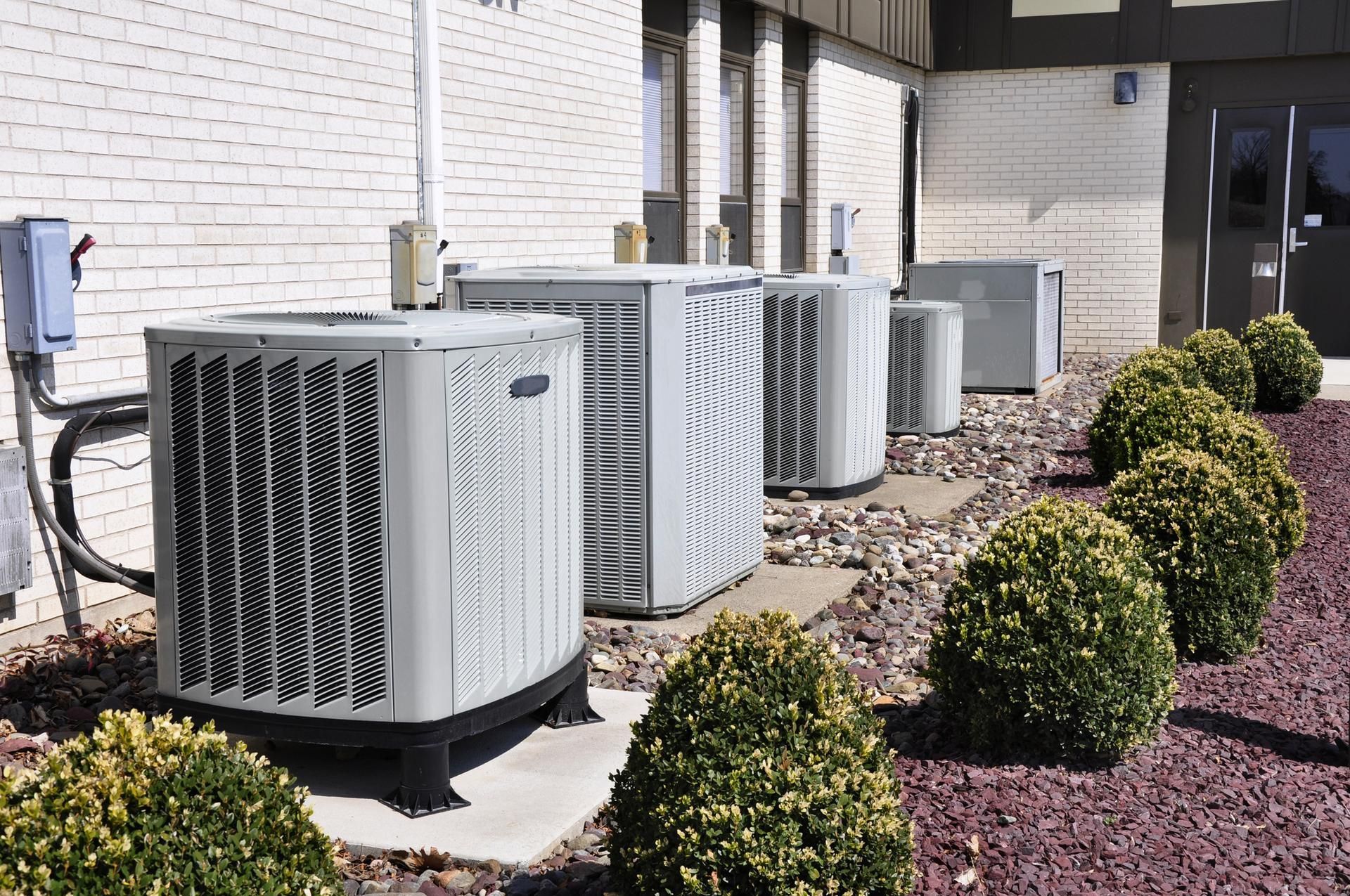3 FAQs About OEM Kitchen Equipment Parts

Some kitchen equipment breakdowns usually call for part replacement. You will need to get the spare parts and may have questions about whether to purchase generic or Original Equipment Manufacturer (OEM) parts. Often, OEM kitchen equipment parts have the upper hand since the spare parts are a replica of the original components.
Discover the answers to three common questions about OEM parts.
1. What's the Difference Between OEM and Aftermarket?
OEMs conform to identical standards with your original parts. Often, manufacturers analyze why genuine pieces fail. Then, an improved design helps to handle any repairs or replacements. So, with OEMs, you are sure that a spare part matches your equipment's operations and lasts longer. OEMs also undergo thorough tests and are of higher quality, thus costing more than aftermarket parts. If your equipment is still under warranty you must use an OEM part and a certified installer to keep your warranty active.
On the flip side, aftermarket parts are usually from a company other than the original equipment manufacturer. As a result, aftermarkets are generic and cost lower than OEM parts. In addition, you will often need to purchase aftermarket parts after your equipment goes out of warranty.
OEMs are an ideal option because the space components match other parts of your equipment. Otherwise, your kitchen equipment may not align with the element if you opt for the aftermarket. In such a scenario, you might still have to find another replacement. Besides, the production standards that OEM parts go through enhance durability.
2. Do Non-OEM Kitchen Equipment Parts Pose Any Risk?
OEM parts may seem like non-OEM parts, but several differences can make using non-OEM kitchen equipment detrimental. Some business and safety concerns with non-OEM components are as follows.
Potential Incompatibility
Generic parts do not always meet your equipment manufacturer's specifications. So, you are not guaranteed that the component will match your unit. The equipment may also fail to meet the threshold of safety operations and create liability issues.
Lower Life Cycle
With OEM parts, you are guaranteed tests that protect your equipment and parts from excessive wear and tear. On the flip side, non-OEM parts may or may not undergo the tests. As a result, the likelihood of less durable products increases when you opt for non-OEM components. Lower-quality pieces could also harm your employees and other surrounding features.
Health Concerns
Manufacturers of OEM components go through tests by the National Sanitation Foundation (NSF). Such tests ensure all OEM parts adhere to the US Food and Drug Administration requirements. So, you can rest easy since your components are safe and will not contaminate your food.
Potential Equipment Damage
Incompatibility issues from generic parts reduce the efficiency of your unit's operations. As a result, other components can wear out or become faulty. For instance, a non-OEM controller can cause your fryer to overheat or burn food items.
Do You Have to Order OEM Components Directly From the Manufacturer?
Most likely you can not - manufacturers usually only sale wholesale to service agencies. You will still get the quality OEM parts at a local service warehouse; often times the same-day without paying freight.
OEM components usually come in handy whenever you need replacements for your kitchen equipment. Besides, you will not need to worry about potential incompatibilities or frequent repairs once you have the perfect fit for your unit. Hawkins Commercial Appliance Service Inc. is a call away if you still have inquiries. You can also schedule a visit and buy OEM components for your business. Get in touch today.
